In 1984, Gerard Adriaan Heineken purchased the modest brewery ‘De Hooiberg’ in the center of Amsterdam.
What began as a tiny family brewery has grown into a multinational corporation with over 170 global beer brands over four generations.
Heineken is one of the most recognizable Dutch brands in practically every country.
However, Heineken is not only popular abroad. The lager is still the drink of choice for many Dutch people more than 150 years after the firm was formed.
In practically every café in Amsterdam, you may order Heineken or Amstel (owned by Heineken).
With its iconic red star, the green Heineken emblem graces practically every part of Amsterdam as a sponsor of numerous events ranging from athletic events to festivals.
Today, the former Heineken brewery in the city center offers visitors the opportunity to learn more about the Heineken original story.
Visitors can understand how a tiny family-run Dutch brewery developed to become one of the world’s most premium beer brands through the experience.
Get your Heineken Experience entry ticket to enjoy a tour of the Heineken brewery and interactive exhibitions. Unravel the Heineken company history, where brewing brilliance meets global domination!
Heineken origin story
Heineken originated in 1864 when Gerard Heineken was passionate about beer and brewing.
Heineken purchased the Haystack Brewery, also known as De Hooiberg, in the heart of Amsterdam.
He would eventually reconstruct it as a cutting-edge waterfront brewery, making carrying products in and out easier. This is the modern-day brewery.
Despite having no life or brewing experience, Heineken was full of confidence and spirit.
He set about developing a recipe for a high-quality lager, although the Dutch had traditionally preferred ale, porter, and brown beers.
The microbrewery of Heineken immediately created Holland’s first premium lager, and the name quickly became a national emblem of quality.
The second brewery started in nearby Rotterdam less than a decade later.
Founder
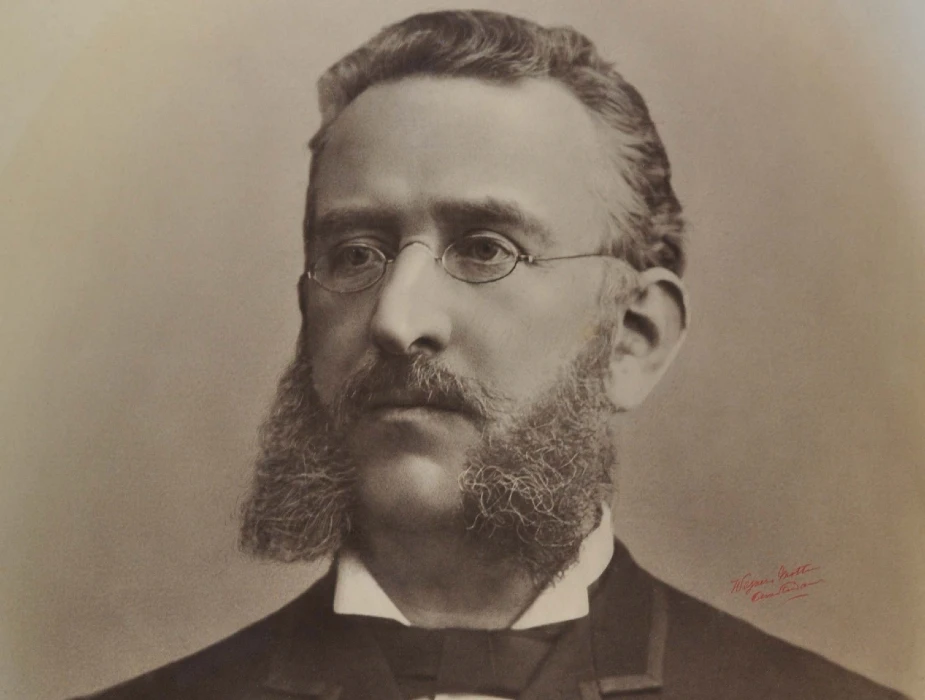
As you learn about the procedures involved, from collecting water to bottling the beer, you will be able to feel the hops, taste the wort, and smell the fragrances of the brewery.
Gerard Adriaan Heineken, the company’s founder, and visionary, was born in 1841 into an Amsterdam merchant family.
In 1864, he purchased the Amsterdam brewery ‘De Hooiberg’ (The Haystack) and immediately shifted his concentration to making uncompromised premium lager beer.
He embraces the most recent innovations, becoming the world’s first brewer to implement a quality control lab.
He also contributed significantly to the city of Amsterdam.
Gerard Heineken’s name appears on the brewery
Gerard Heineken established his little family brewery in Amsterdam’s city center in 1873.
Even back then, the city was teeming with life and activity. The brewery flourished as quickly as Amsterdam, and Gerard’s commitment to quality made it an instant success.
He did so without losing sight of what was most important: keeping a family-owned brewery that prioritized the purity and perfection of the beer.
As they say, the rest is history.
A lager that has won awards
Brewing Heineken is a reward in and of itself, but it is always good to be recognized.
Heineken earned the Medal D’Or at the International Maritime Exhibition in 1875 when it was still a relatively tiny brewery.
Soon after, the Dutch brewery became the country’s top exporter to France.
Heineken’s innovative, pure-tasting pilsner earned the prestigious Grand Prix at the Paris Expo 1889.
Heineken began providing the restaurant at the Eiffel Tower a year later.
Heineken’s exclusive A-Yeast
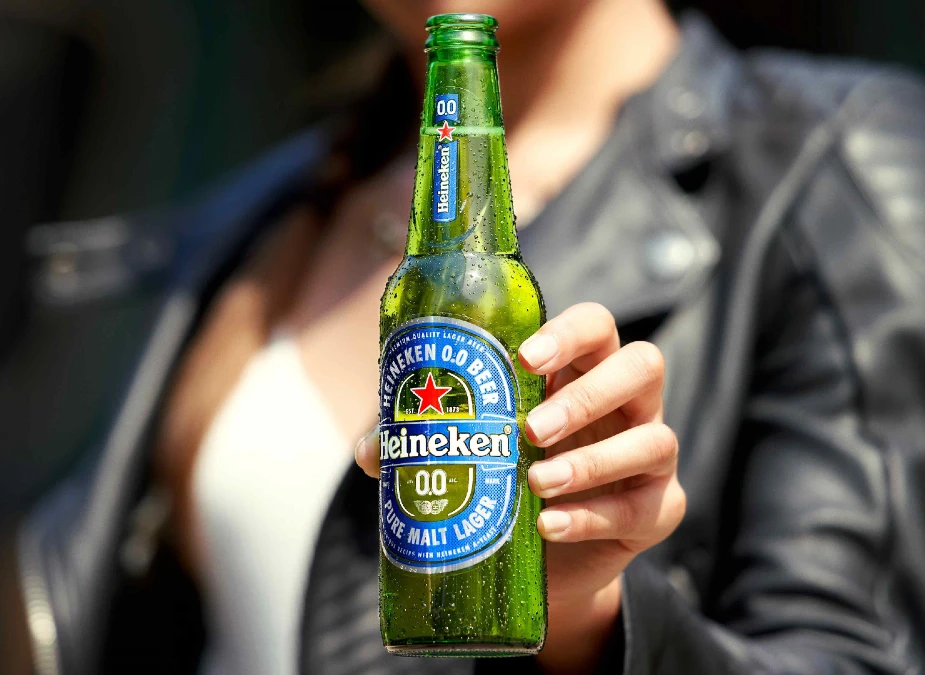
We discovered the distinctive A-Yeast in the nineteenth century.
Since then, it has been the key to Heineken’s distinctive flavor balance with subtle fruity undertones that people worldwide have fallen in love with.
As you may expect, we’ll always stick to our A-Yeast. Plan B will always be optional.
Paris Grand Prix
Paris was the place to be in the nineteenth century.
So Gerard Heineken set out to make Parisians fall in love with his premium beer. He won their hearts, and we kept the trophies as proof on our label.
A scientist who continued the legacy
Henry Pierre Heineken is a scientist, a senator, the director of the Heineken Brewery Society, and, since 1917, the president of the Heineken brand.
As a second-generation Heineken, Henry Pierre builds on his father’s success and guides the company through the 1930s economic downturn.
He made it possible to bottle without sacrificing quality, allowing for international expansion.
He also lays the groundwork for future expansion by boosting beer production without sacrificing quality.
He is known throughout the country for the socially progressive measures implemented during his reign.
Pier celebration
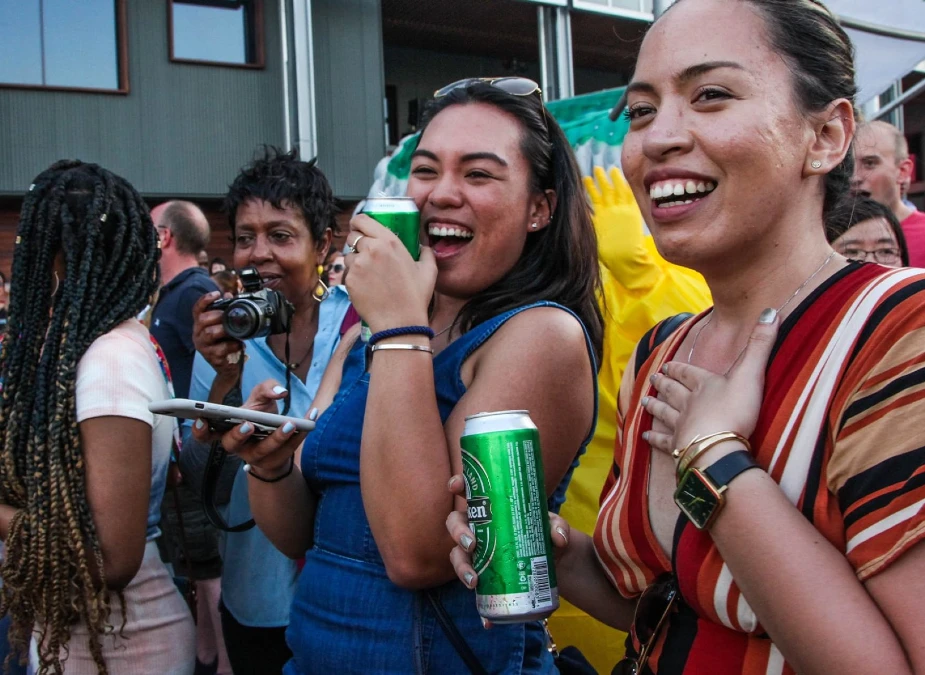
Imagine 1933, 11 years of prohibition in the United States; clandestine speakeasy bars, poker games, Al Capone. There was also no real beer available.
Then there was a rumor that prohibition might be coming to an end shortly.
Heineken® took the bet because they thought they’d appreciate a genuinely premium-grade beer after such a difficult time.
A ship carrying Heineken beer set sail for New York. “The restriction has been lifted!”
Celebrations began very immediately with Heineken, the first available imported beer.
Marketer and Entrepreneur
Alfred Henry Heineken, a marketer, and entrepreneur, immediately establishes himself in the family business by founding Heineken’s Advertising Department. “I would have been an ad man if I hadn’t been a beer brewer,” he once said.
The Heineken brand’s enchantment becomes his life’s work.
He coined the term “smiling e” and claimed the color green.
He also introduces the Heineken logo star, banner, and hop vine, now well-known worldwide.
He was a marketing genius long before the term “age of marketing” was coined. His motto lives on today: ‘I don’t sell beer, I offer delight,’ he famously declared.
You can visit and discover the legendary Heineken origin history with a Heineken Experience guided tour where passion and craftsmanship brewed a beer empire!
The world exposition
To discover the secret of the perfect beer, Heineken introduced A-yeast, responsible for the beer’s balanced taste and mild fruitiness.
This was found and added in 1866, causing a stir in the brewing business and earning Heineken numerous accolades.
The most prestigious honors were the Medal D’Or at the International Maritime Exhibition in 1875 and the World Fair in Paris in 1889.
They bestowed the most incredible honor for Dutch beers to Heineken, which resulted in the beer providing the exclusive restaurant in the Eiffel Tower.
Entering the United States

After prohibition was repealed in 1933, Heineken was the first imported beer to reach the United States.
This was a massive move for the Dutch brewery, which would embrace American advertising techniques to help build the brand.
Exports increased 600% in four years due to Heineken’s success in America!
The beer is still available in taverns, restaurants, and shops across the United States.
In 1939, Heineken joined the New York World’s Fair with newfound confidence.
The brewery created an entire Dutch waterfront hamlet for their unique entry, where tourists could enjoy their beer in an authentic setting.
There was also a working windmill to round out the show! This hard work paid off, and the New York Fair was a success.
Following this, the brand realized that Heineken’s Dutch identity was the secret to their American success.
Classic Dutch emblems such as clogs, tulips, and windmills appeared in all American advertising.
Merging with Amstel
In 1870, Amstel, named after the Dutch river that runs through Amsterdam, was launched in the city.
This was another entrepreneurial brewery in Amsterdam making a quality product.
When the two firms combined in 1968, Heineken expanded its market share in the Netherlands to 55%.
Mr. Freddy Heineken

In 1971, Alfred, or Freddy, Heineken succeeded his father and significantly modified the company’s brand and heritage.
These include a significant impact on sales and marketing, as well as the design of the distinctive green bottle.
Freddy’s leadership guided Heineken Brewery to an exciting age of innovation and expansion.
By the time he retired in 1995, the family brewery had become the world’s second-largest, with the most extensive global footprint.
Heineken original brewery
The original brewery where Gerard Adriaan Heineken first started making Heineken was known as the Haystack Brewery.
It is now known as the Heineken Experience Museum.
Gerard Heineken acquired the Haystack (De Hooiberg) brewery in the center of Amsterdam in 1864.
He later renovated it into a cutting-edge factory on the waterfront for more accessible transportation of goods and raw materials.
Heineken logo story
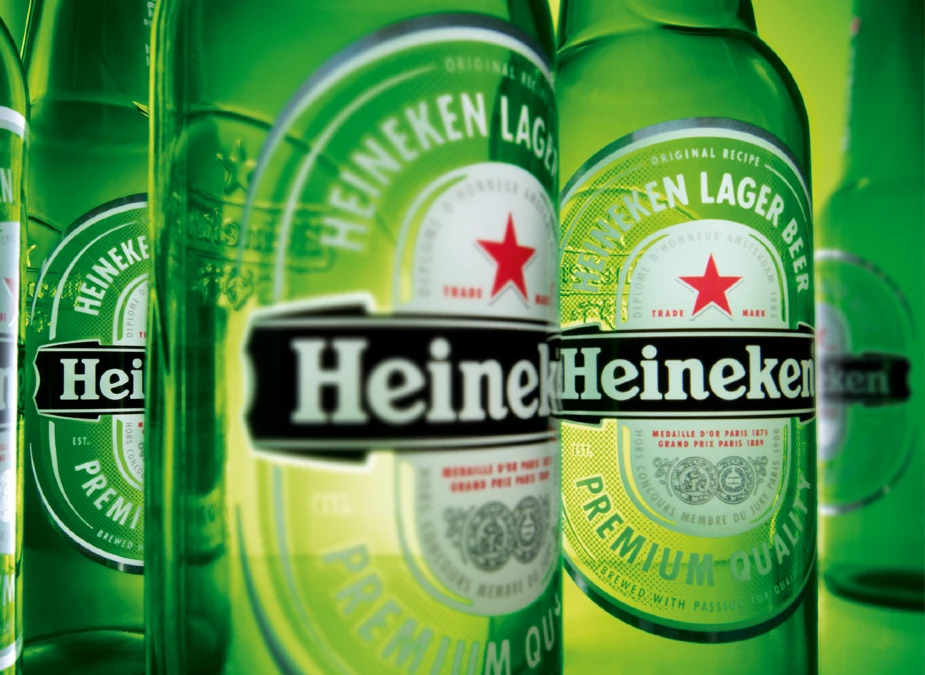
Alfred Heineken wanted the beer label to be friendly, so he swapped the capital letters for more rounded, smaller characters.
So, he gave the letter “E” a slight backward tilt to make it look like it was smiling. The label has developed since then.
The beer label’s earliest known logo was created in 1884 and featured an oval form with a substantial green frame outlined in white.
The logo’s center was composed of a wordmark on a black horizontal ribbon, a black outline of a five-pointed star, and a superb green decoration beneath the ribbon.
The white “Pilsner Beer” inscription was inscribed in the center of the symbol on a black background, serving as the product’s first name.
In honor of the beer’s birthplace, “Heineken’s Amsterdam-Rotterdam” was written in letters on the green oval frame.
A long-term business
Charlene Lucille de Carvalho-Heineken has served on the Board of Directors of Heineken Holding N.V. since 1988.
She has since endorsed Heineken’s environmental mission.
Heineken’s green vision is now ingrained in the company’s operations and processes.
This makes the brand future-proof for the enjoyment of consumers of the future.
Heineken today
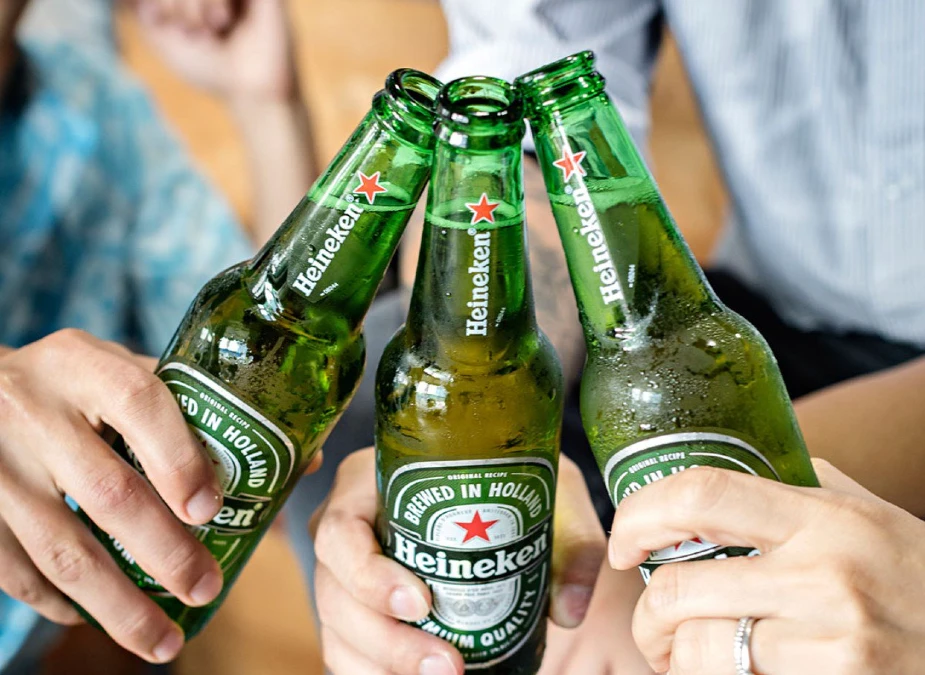
Heineken is one of the world’s most well-known and admired beer brands.
From its signature Heineken lager to specialty beers and ciders, it offers a wide variety of goods to meet the changing tastes of a global consumer base.
This Dutch lager has gained a devoted following, global popularity, and a reputation for quality and craftsmanship.
The Heineken Experience takes visitors on a tour of the brewery, which dates back over 150 years.
Visitors can understand how a tiny family-run Dutch brewery developed to become one of the world’s most premium beer brands through the experience.
Learn about the entire process, from water collecting to beer bottling; they may feel the hops, taste the wort, and smell the scent of the brewery.
FAQ
Where did Heineken beer originate?
The story of Heineken beer began on 15 February 1864, when Gerard Adriaan Heineken took over the Haystack Brewery in Amsterdam.
Featured Image: Heinekenexperience.com



